
John Sedgwick was born in September of 1813 in the Litchfield Hills town of Cornwall, Connecticut. His grandfather had served as a General Officer during the Revolutionary War alongside George Washington. Originally commissioned into the Artillery, Sedgwick graduated from the US Military Academy at West Point in 1837 with a class rank of 24th out of 50.
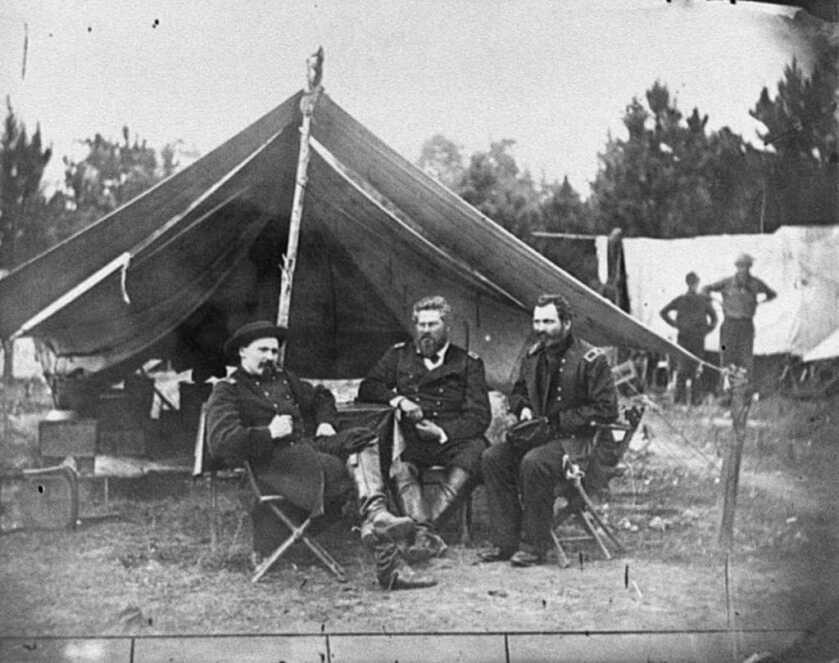
Sedgwick served in both the Seminole and Mexican-American Wars, earning brevet promotions to Captain and then Major. Afterwards, he transferred to the Cavalry and served in the Indian Wars concluding with a punitive expedition against the Cheyenne. By the onset of the American Civil War John Sedgwick was a Colonel serving in Washington DC.
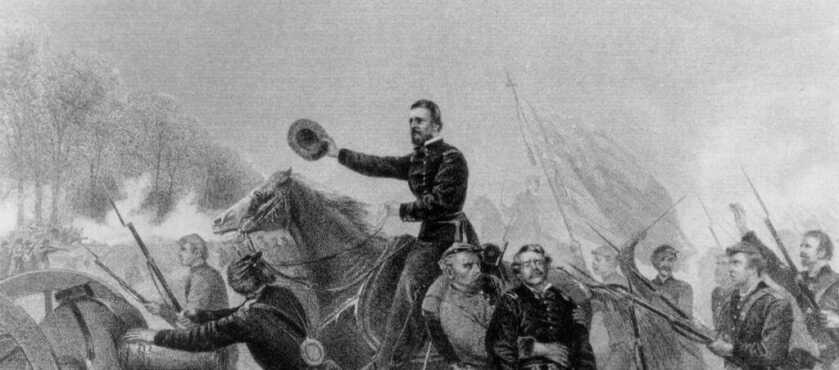
Cholera nearly killed him early in the war. However, he recovered and was promoted to Brigadier General in the summer of 1861. What followed was a successful career involving a series of combat commands and ultimately promotion to Major General.

During the Battle of Antietam, the Union II Corps Commander MG Edwin Sumner threw Sedgwick’s division into a desperate assault against Confederate forces commanded by Thomas “Stonewall” Jackson without proper reconnaissance. Sedgwick’s troops were engaged from three sides and summarily butchered. MG Sedgwick was himself shot three times–in the shoulder, leg, and wrist–and retired from the field with roughly half his command remaining.

MG Sedgwick was popular with his men. His troops affectionately called him “Uncle John.” However, quick to speak his mind, Sedgwick remained a reliably poor politician. He had thrown his weight behind such controversial figures as George McClellan and was a vocal critic of General Benjamin Butler. The Secretary of War Edwin Stanton felt that he should have been a more vigorous proponent of abolition and what was then viewed as the Radical Republican agenda.
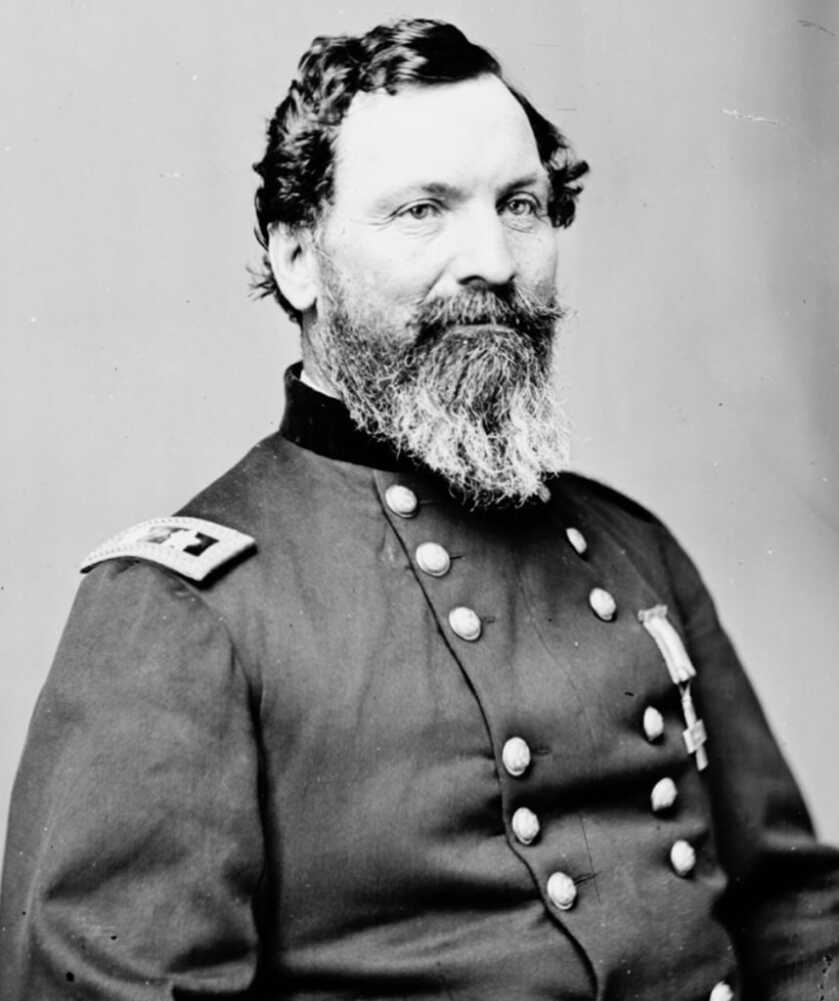
By the Spring of 1864, Sedgwick was tired. He had by now been fighting for decades and had been seriously wounded multiple times. He had lost men in combat by the hundreds. He admitted in a letter to his sister that he wished to leave the Army and return home to New England. Despite some of his more unpopular political views, Sedgwick was granted command of the VI Corps holding the Union right during the Battle of the Wilderness in May of 1864 under LTG US Grant.
Fate, Valor, and Snipers
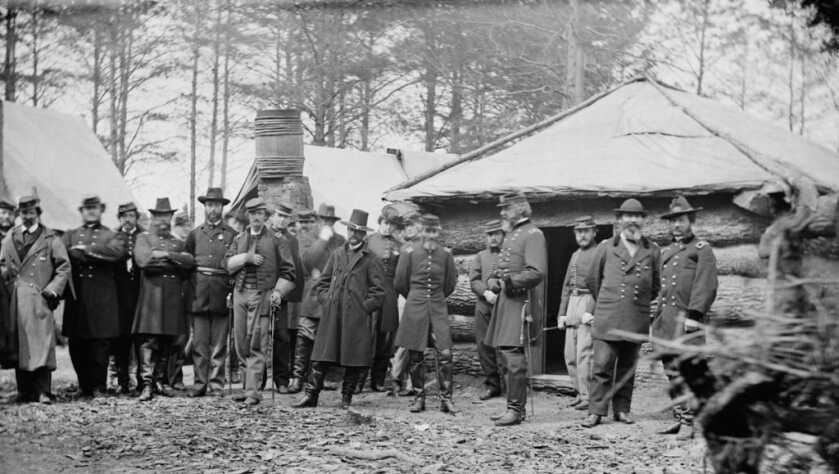
The Battle of Spotsylvania was the second major fight in Grant’s Overland Campaign against forces under Confederate General Robert E. Lee. Fighting went on for some thirteen days and resulted in 32,000 casualties on both sides. Spotsylvania was the bloodiest battle of the campaign.
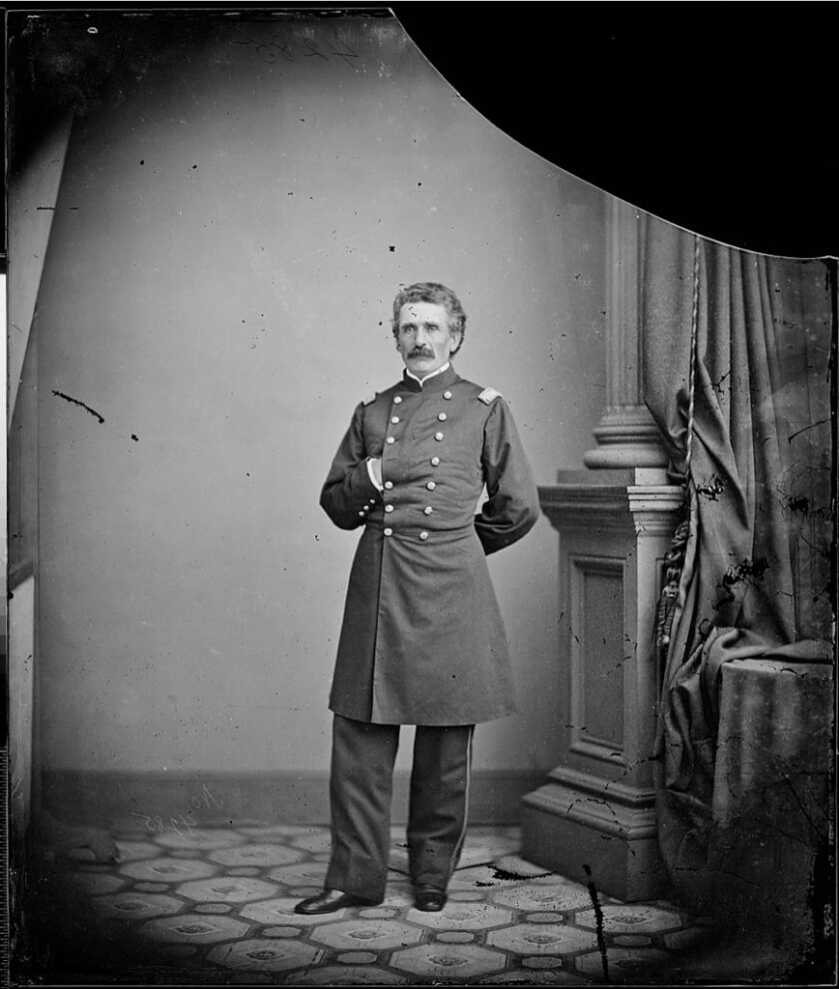
On May 9, 1864, Sedgwick’s Corps was tepidly engaging Confederate skirmish lines vicinity the left flank of the Rebel defense. As was his custom, MG Sedgwick was at the front personally directing the placement of his organic artillery assets. John Sedgwick had begun his career as an artilleryman, and he had a gift for the employment of cannon.
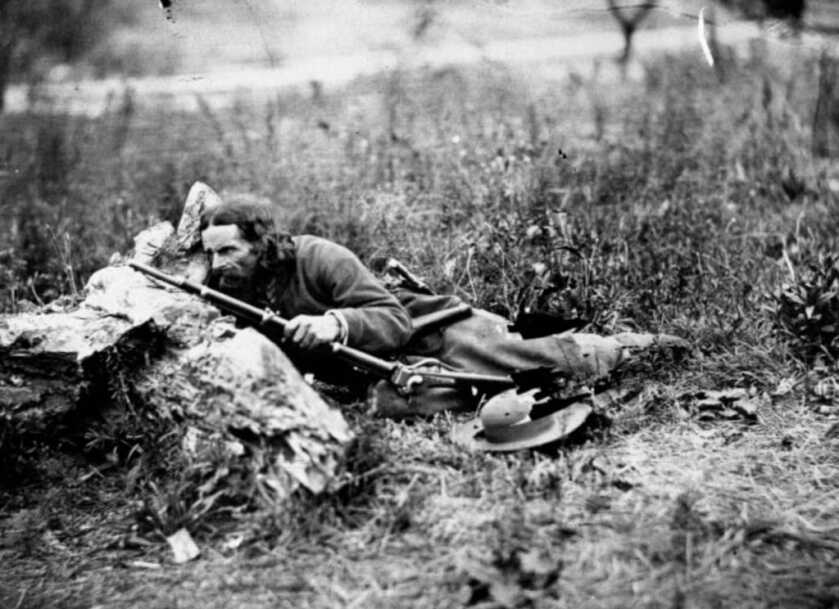
As Sedgwick and his staff attended to the myriad tasks associated with preparing a Corps for battle, Confederate sharpshooters opened fire from 1,000 yards distant. Soldiers of this era were typically simply cogs in a gigantic machine, the purpose of which was to amass musket fire. Rank upon rank of synchronized fire is what won battles. Individual sharpshooters, particularly firing from such prodigious ranges, amounted to little more than harassment.

The Confederate sharpshooters this day were armed with expensive and rare British Whitworth rifles firing an elongated faceted 530-grain .451-caliber bullet. These heavy but accurate bullets made a characteristic whizzing sound as they passed nearby. Rebel snipers prided themselves on their ability to pick off gun crews at extreme distances. As the Union artillerymen and Sedgwick’s own staff scrambled for cover the General strode about upright and unprotected.

Survivors heard Sedgwick say, “What? Men dodging this way for single bullets? What will you do when they open fire along the whole line?”

Sedgwick’s men were indeed ashamed yet they persisted in flinching at the sounds of the Whitworth bullets flying uncomfortably nearby. The General continued, “Why are you dodging like this? They couldn’t hit an elephant at this distance.” You can likely see where this is leading.
The Rifle

The British Whitworth rifle was a product of Englishman Sir Joseph Whitworth, a successful engineer, and businessman. Whitworth did his initial experimentation into polygonal rifling with large-bore brass cannon before shrinking the concept down into something more portable.

Whitworth visualized his eponymous weapon as a replacement for the general issue British 1858 Enfield then in use during the Crimean War.
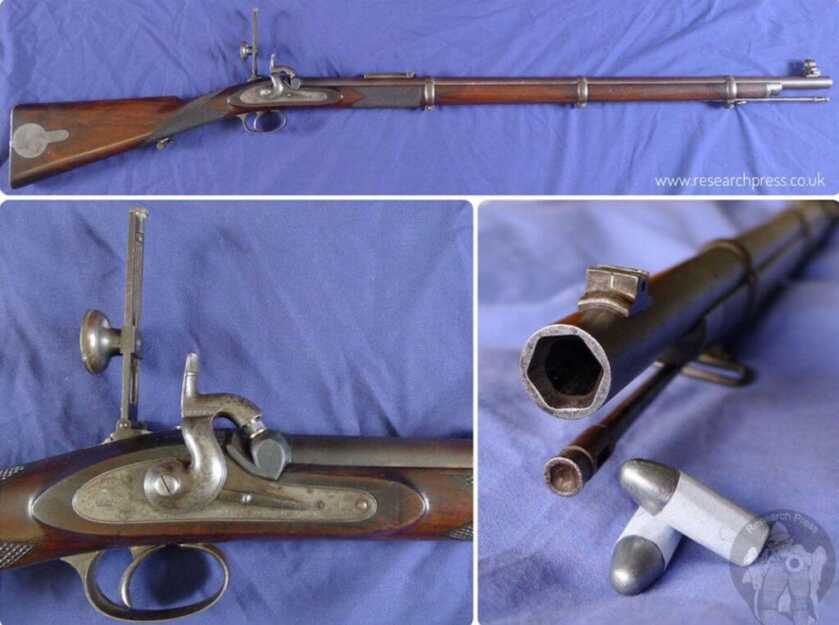
The Whitworth did indeed significantly outperform the .577-caliber Enfield in both accuracy and range. However, Sir Joseph’s rifle cost four times what the Enfield did at the time. The Whitworth’s radical polygonal rifling was also markedly more prone to fouling than was that of the Enfield.
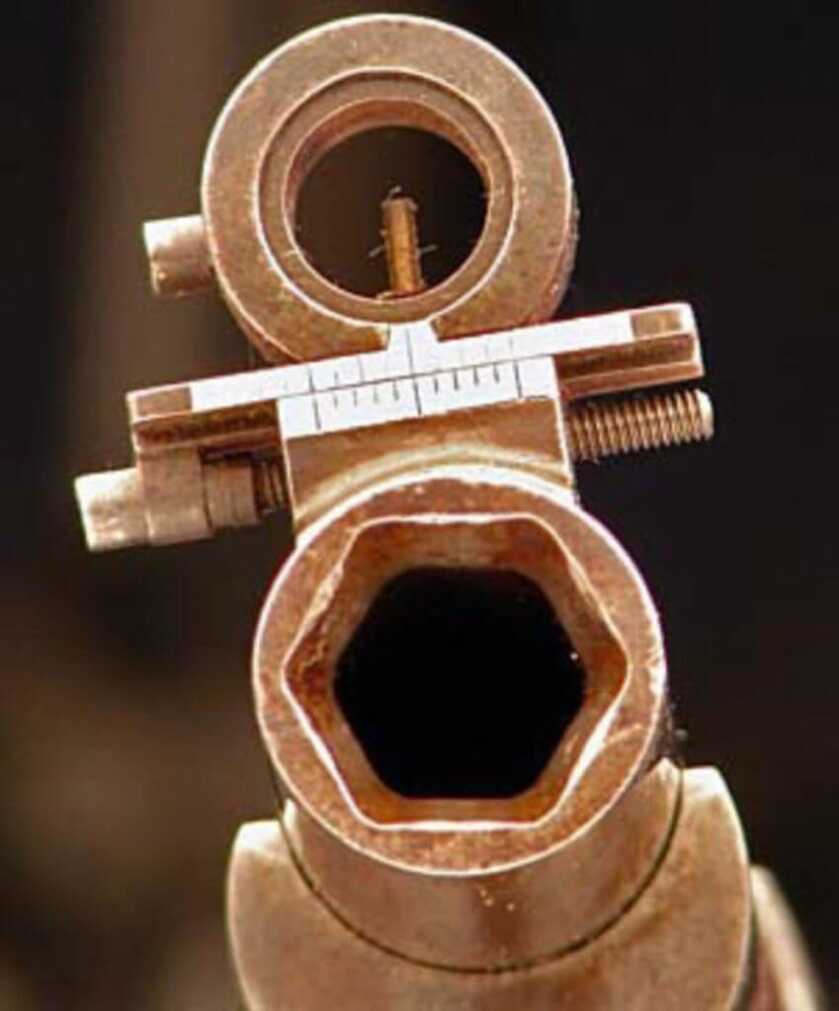
The hexagonal cross section of the Whitworth’s rifling combined with its unique elongated faceted projectile meant that the bullet did not have to bite harshly into the rifling as was the case for the more traditional Enfield. This meant markedly higher velocities. The Whitworth’s 1-in-20 twist was also appreciably tighter than the typical 1-in-78 twist of the contemporary 1858 Enfield. In the hands of a skilled marksman, the Whitworth was known to render accurate fire at up to 2,000 yards.
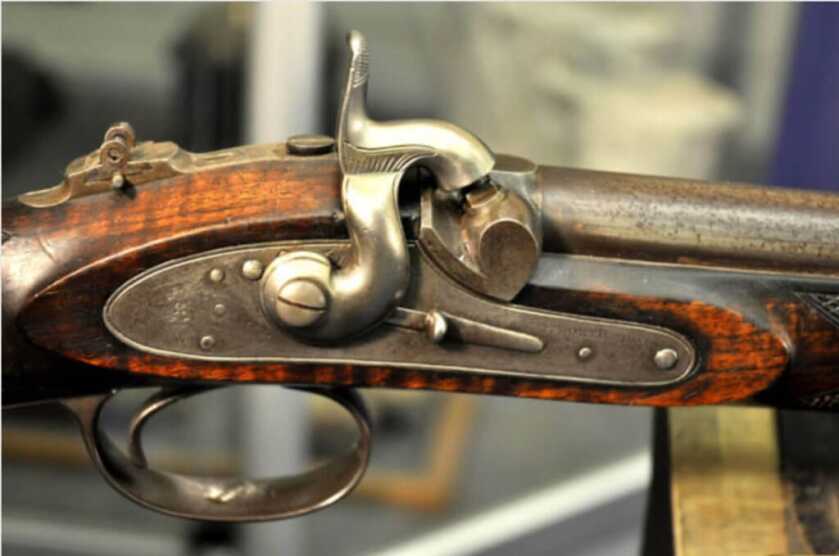
While the Whitworth barrel was radically revolutionary, the lock, trigger, and furniture were relatively conventional.
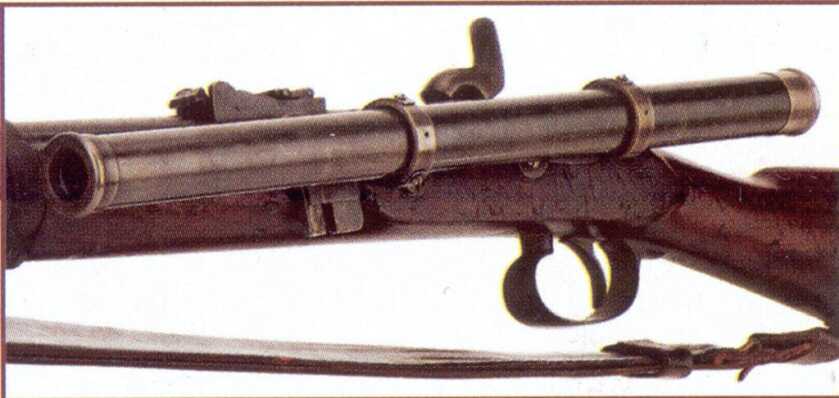
Some of these early Whitworths were fitted with rudimentary 4X Davidson telescopic sights and fired from log rests or forked sticks carried for the purpose.

In 1860 at the first annual meeting of the British National Rifle Association (apparently a real thing back then) Queen Victoria fired the opening shot through a Whitworth in a machine rest and connected within 1.25 inches of the bullseye at 400 yards.
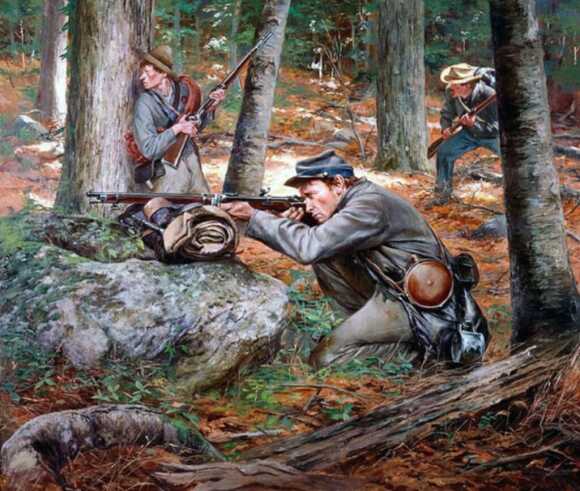
Britain technically remained neutral during the American Civil War, but English companies were free to market their wares to the highest bidders. From 1862 until the end of the war, roughly 200 Whitworth rifles were sold to the Confederacy. It is estimated that there were never more than 20 of the Davidson sights in use during the course of the conflict.
Never Taunt Fate
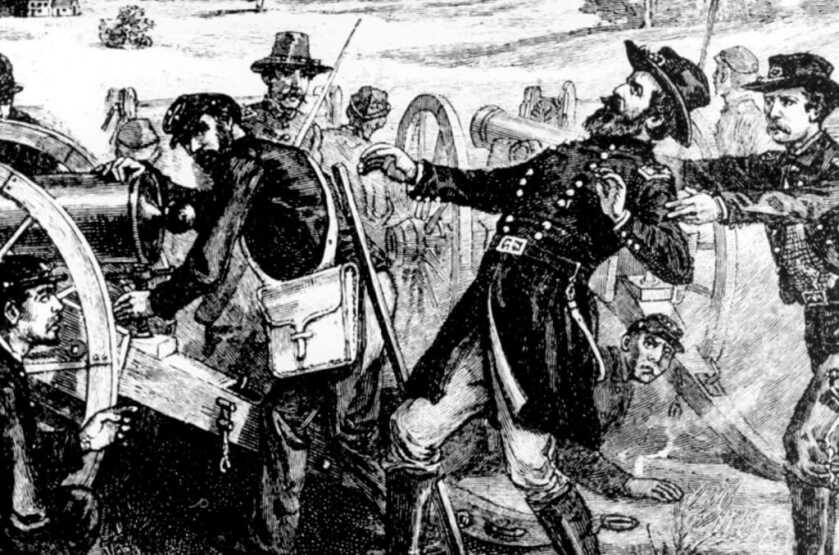
As his staff wisely cowered nearby there was a sound described a “dull, heavy stroke” among all the characteristic whistling. One of the heavy Whitworth projectiles connected with the General on the left aspect of his face just underneath his eye. A shocked look on his visage, MG Sedgwick slowly turned to face one of his closest staff officers before falling forward involuntarily, a great gout of blood streaming from his massive wound.

Medical personnel were summoned immediately, but this wound at this time was invariably fatal. The General never regained consciousness though he continued to bleed for some while. I have myself attended gunshot wounds to the head that behaved similarly. Sometimes despite simply breathtaking damage to the central nervous system the human body nonetheless fails to get the memo for a while.
Denouement
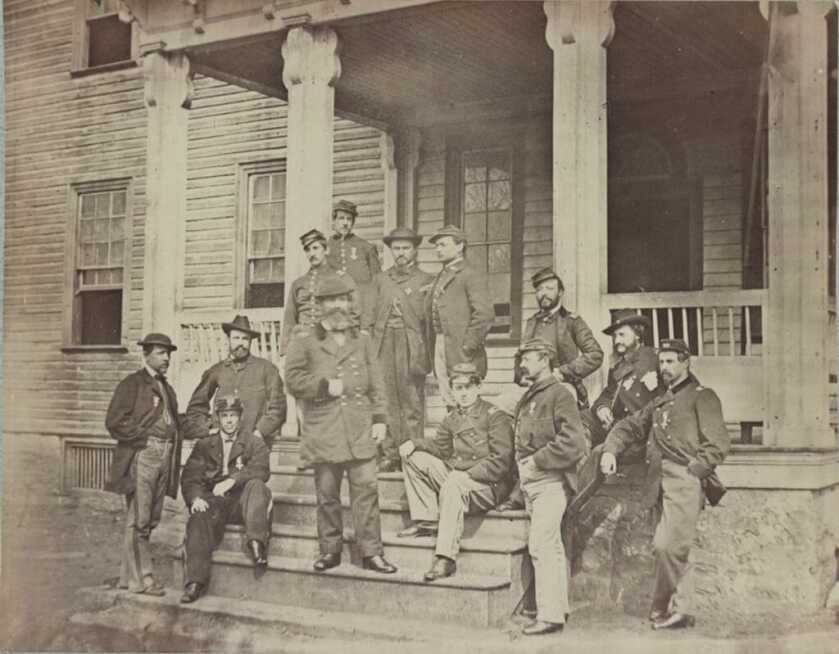
MG John Sedgwick was the highest-ranking Union officer to be killed during the American Civil War. Though he had a reputation for being unduly cautious at times in battle, Sedgwick was a soldier’s General who was widely respected. Upon notification of Sedgwick’s death US Grant purportedly asked repeatedly, “Is he really dead?”

Robert E. Lee was an old friend from before the war, and he expressed genuine sorrow at Sedgwick’s demise. Union General George Meade publicly wept at the news. LTG Grant later told his staff that Sedgwick’s death was a greater blow to the Union than the loss of a full division on the field.
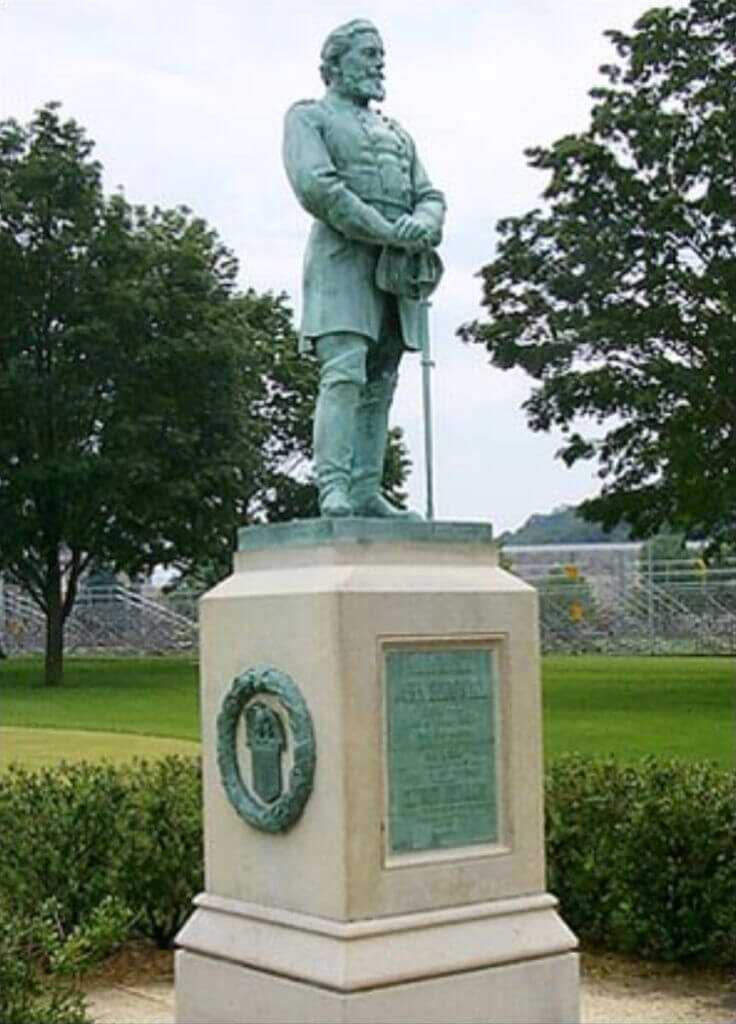
There is a monument to John Sedgwick on the grounds at West Point that includes a massive statue of the General. The likeness was cast from metal harvested from Confederate cannon captured by Sedgwick’s VI Corps. The monument was funded by veterans under his command.
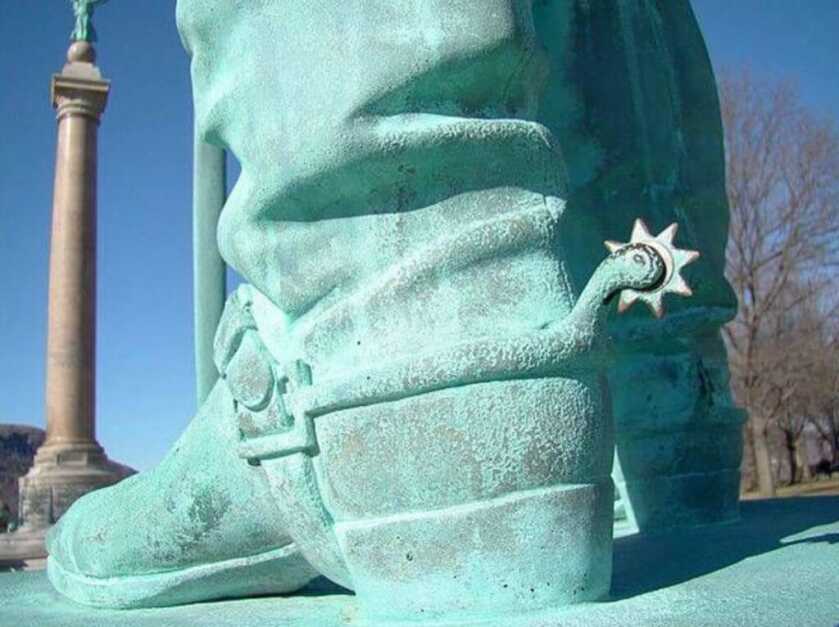
Legend has it that any cadet who approaches the statue in parade dress gray over white uniform at midnight under arms may spin the rowels of Sedgwick’s spurs and acquire good luck on any final exam. As a result, General Sedgwick’s influence is still respected within the storied halls of the Military Academy at West Point today.

The Whitworth rifle equipped with the Davidson telescopic sight was the world’s first dedicated sniper rifle. At the time these rigs cost up to $1000 a piece (about $16,000 today). Specially-selected Confederate marksmen were trained to use these precious resources sparingly against high-value targets.
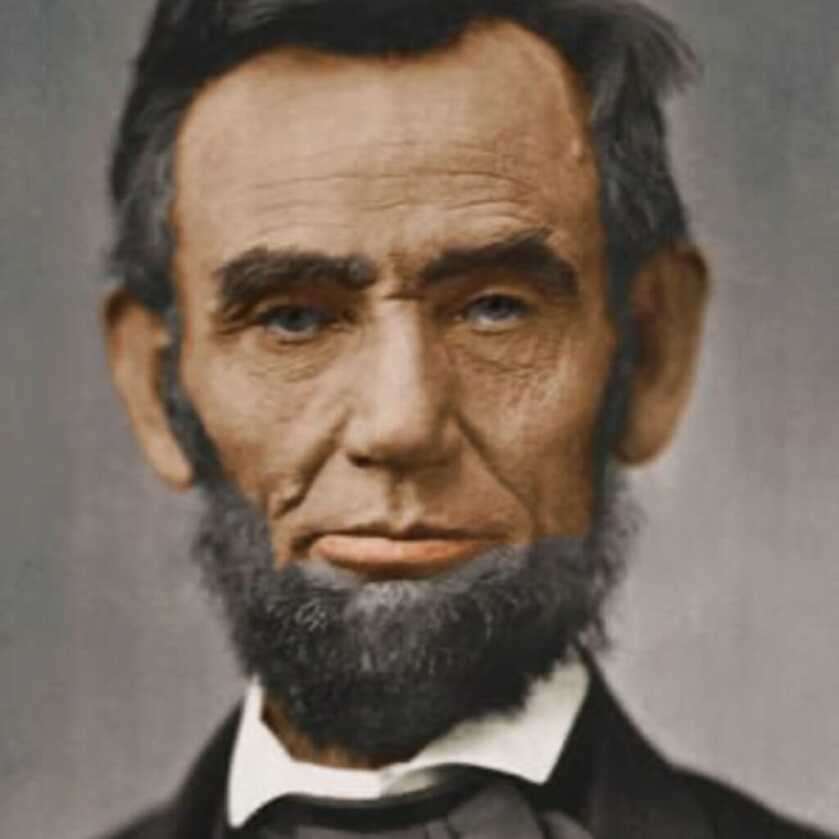
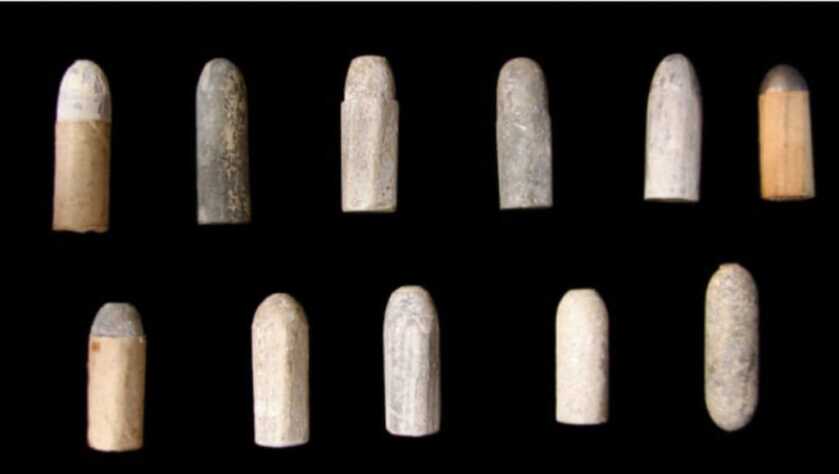
On July 12, 1864, during Confederate General Jubal Early’s foray against Fort Stevens on the outskirts of Washington DC, Abraham Lincoln did himself come within moments of falling to a rebel sniper armed with a Whitworth. A Whitworth round killed a Union officer mere feet from the President just before a bystander yanked the lanky Chief Executive to safety. Had that sniper connected with the somber-looking gentleman in the tall top hat the entire history of the planet might have unfolded differently. However, fate is oftentimes like that.
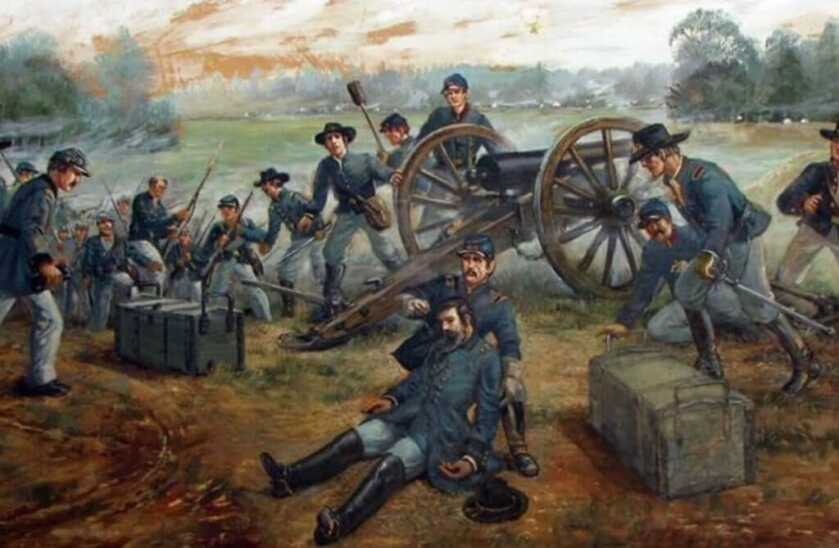
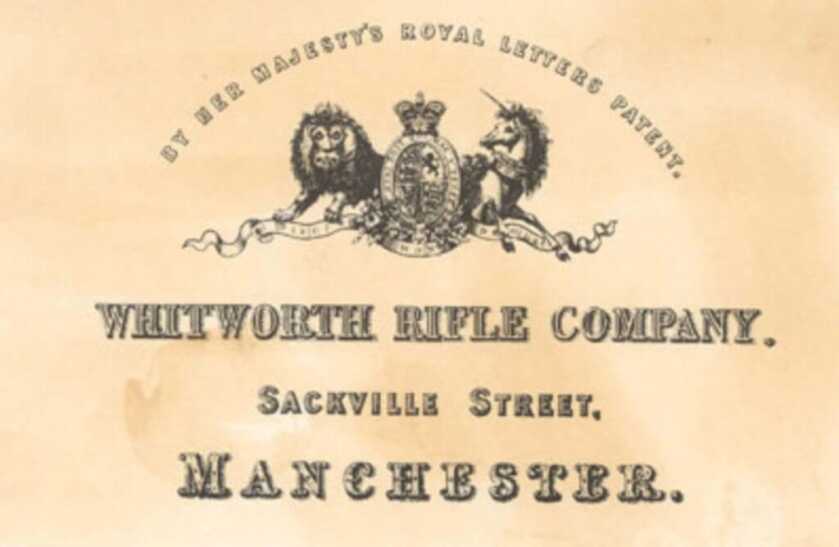



Another brilliant read, thank you. The hand placement inside the coat was a very common war time pose usually prompted by the photographer.
Will the good Doctor Dabbs ever compile his many excellent interesting stories into a book for his loyal readers? I, for one, will pledge to purchase a copy and am certain that many others will do likewise.
In case Will doesn’t tell this story, I will make a feeble attempt. Capt Patrick Ferguson developed an unconventional rifle that was in fact a breech-loading musket with a rifled barrel that was accurate out to 2-300 yds that loaded by unscrewing the trigger guard to expose the breech for loading. A trained marksman could reportedly fire 6-7 well aimed shots per minute with this rifle, but the british govt rejected it. Ferguson managed to equip his company with these rifles, and he was carrying one that morning when he went forward of his lines and was waiting in the brush around a clearing when Gen Washington and some staff rode into the clearing to survey the battlefield. Ferguson identified Washington at 80 yds and was getting ready to fire his shot when Washington finished his assessment of the battlefield and wheeled his horse around and rode out of the clearing never being aware of Ferguson. Capt Ferguson said in his report of the incident that he could not shoot a man in the back and let Washington ride away that morning. Major Ferguson was later killed at the battle of King’s Mtn. N.C. just days before the surrender of Cornwallis at Yorktown to Gen Washington. The hand of God was with this republic then. I wonder if it still is?
Kent, thanks sincerely for the inspiration. I’ll start digging. It sounds like a great story.
Great article Dr Dabbs. please do one on the Ferguson rifle of the revolutionary war and the true story of how Capt. Ferguson had Gen Washington in his sights at the battle of Germantown and let him ride away. He almost certainly would have changed the outcome of the Revolutionary war if he had fired that shot, but providence was with the American republic that day.
A most excellent and enlightening article.
I found the bit on Lincoln particularly captivating.
Todd.
The hand in the coat was to signify restraint, calm, and authority. Obvious fashion statement from the late 1700’s.
Would love to know what became of the rifle and for how long its manufacturing continued/evolved into modern times.
Good story and good telling of it.
Thank you for your interesting article. The ‘hand in the coat thing’ was started by Napoleon Bonaparte and was mimicked by hundreds of soldiers of that era.
Excellent article, sir! I very much enjoy your stories of firearm history. Keep them coming!!
Dr. Dabbs, every week, I so look forward to the historical and enlightening writings you so generously give to be educational and interesting, and, once again, you do not disappoint! Thank you so much for your kind musings on history for those of us who do not have the time to research the subjects ourselves. Bravo, Dr. Dabbs!
Excellent article. Thank you Mr. Dabbs.
Great article sir! Thank you for sharing.
Excellent rendition of an oft told war story sir. Very interesting and enjoyable!